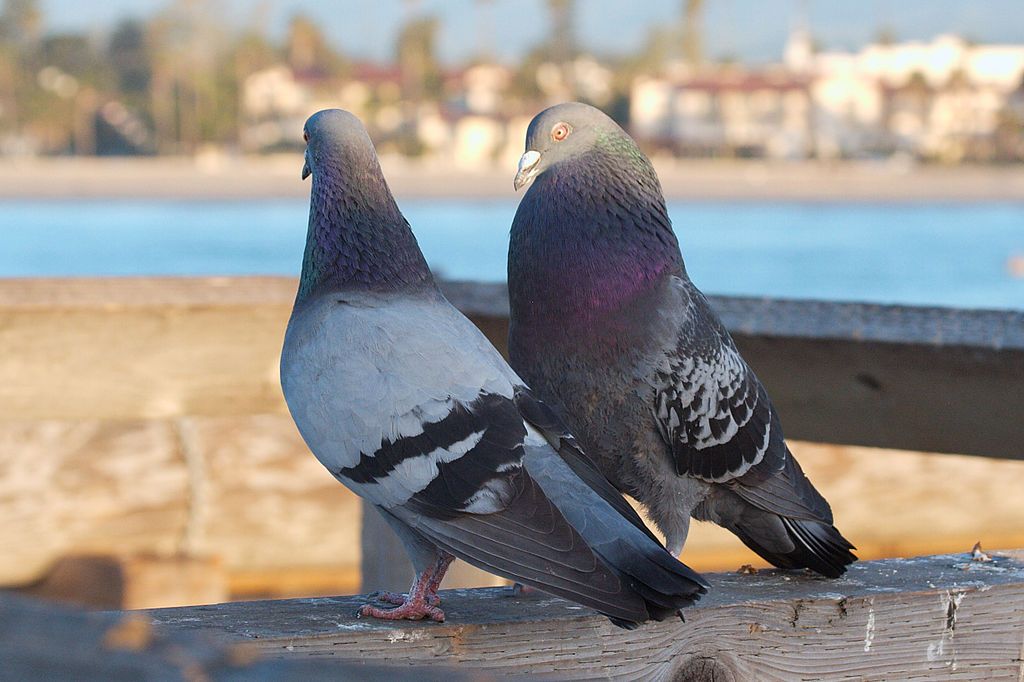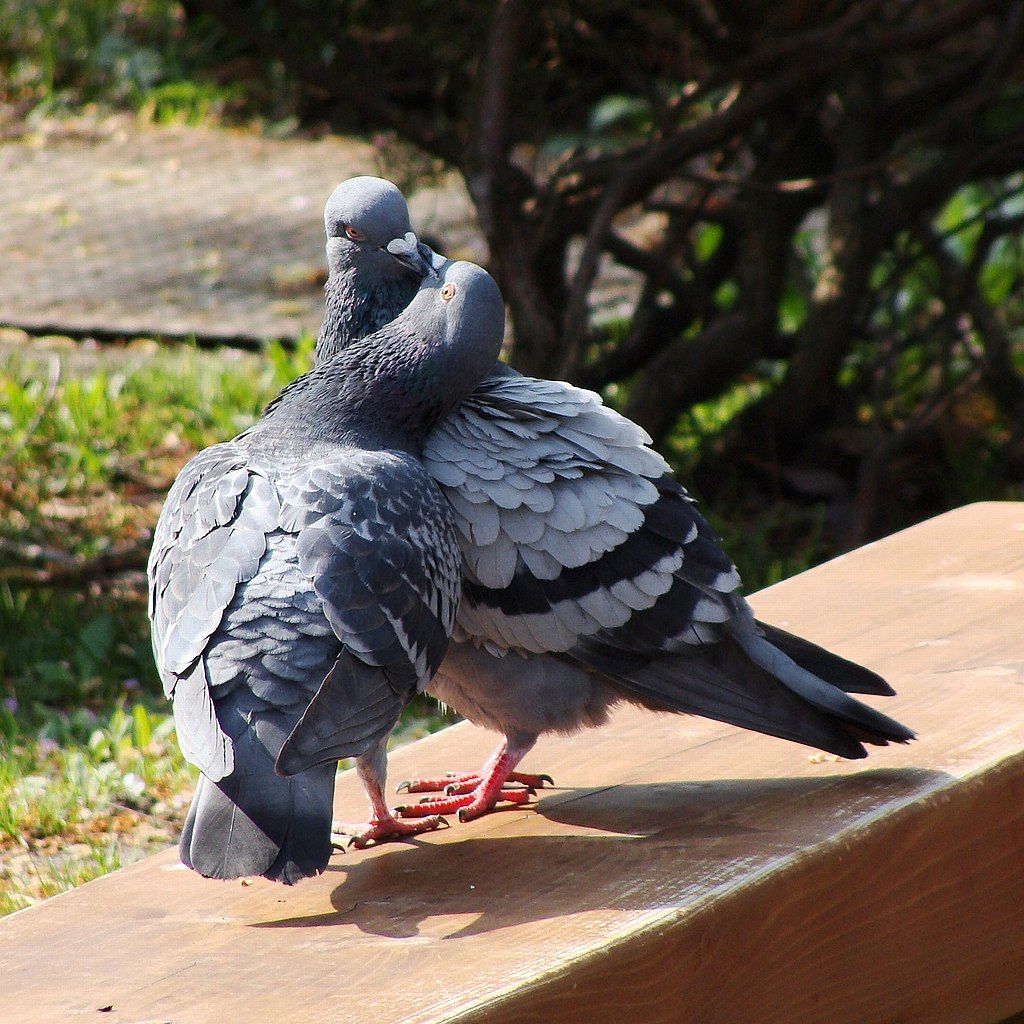
11 June 2024
During the breeding season birds try to drive predators away from their nests and young. Though small birds aren’t equipped with sharp beaks and talons, they relentlessly dive bomb raptors to make them leave the area.
In June 2021, Chad+Chris Saladin filmed a pair of blue-gray gnatcatchers (Polioptila caerulea) attacking a recently fledged young peregrine at the Cleveland Zoo. Gnatcatchers are really small so they barely ruffle a peregrine’s feathers.

But the young peregrine was so new to flying that she wanted to stay put for a while. One of the gnatcatchers pecked her head. “Hey!”

Watch the encounter in this video by Chad+Chris Saladin. Chris explains what’s going on to passersby.
You may see chickadees attack blue jays, blue jays attack crows and red-winged blackbirds attack just about anything. This is the time of year when Little attacks Big.
UPDATE on the Pitt Peregrines: Yesterday, 10 June 2024, I was happy to find all four peregrines at the Cathedral of Learning at 12:15pm. Ecco was on camera on the green perch, Carla was on a stone peak at 38NW, one of the juvies was eating on the southwest dining ledge (approx 28th floor) and the other was on a grommet at 25SE. (The adults never perch on the grommets.) The Pitt peregrine juvies have been flying for more than a week now and are learning valuable skills.































